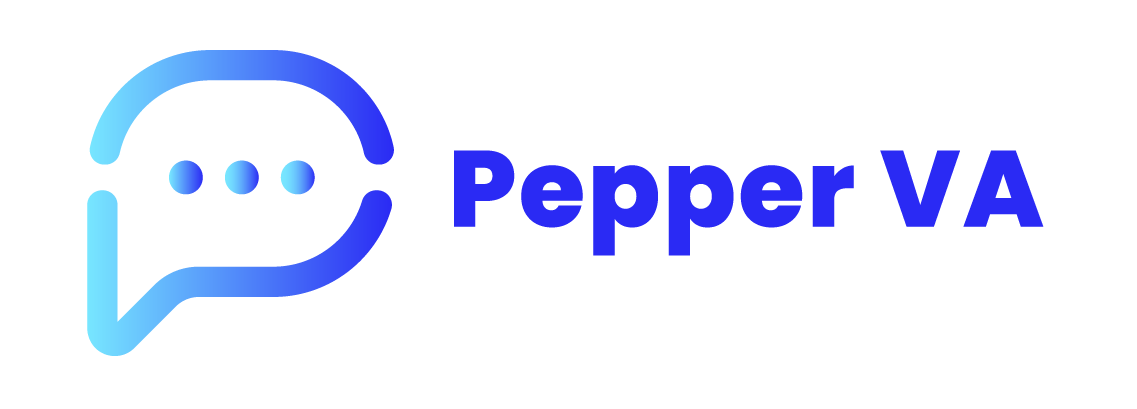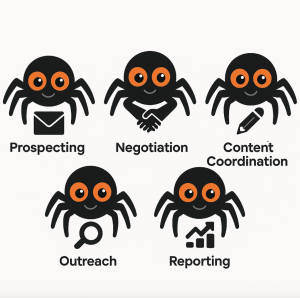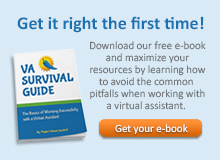Most virtual assistants start their careers handling general admin – email management, scheduling, research. It’s steady work, but the pay ceiling can be low, and competition is intense.
The fastest way to stand out? Specialise.
And one of the highest-ROI specialisations right now is link building for SEO agencies and brands.
At Link Building Company, we’ve trained dozens of VAs to go from “general admin” to revenue-driving link building specialists who:
- Consistently land links on high-authority, relevant sites
- Influence buying decisions through bottom-of-funnel (BOFU) content
- Help clients win SERP real estate in both traditional Google and AI-powered search results
- Deliver measurable ROI every single month
This guide pulls back the curtain on our VA training and management process – so whether you’re a VA looking to upskill or an agency owner wanting a playbook for your team, you’ll see exactly how it’s done.
1. Why Link Building Is a VA Goldmine
SEO agencies, SaaS companies, and B2B brands are under constant pressure to get:
- More traffic
- More rankings
- More conversions
High-quality backlinks are one of the most reliable levers to achieve this.
A trained link building VA can handle the repetitive, process-driven parts of link acquisition – freeing up strategists to focus on campaign direction.
For the VA, this means:
- Moving into a specialist role with higher pay and lower replacement risk
- Working on measurable outputs (links live, keyword rankings, traffic gains)
- Becoming embedded in long-term contracts rather than short-term gigs
2. The 5 Core Skills Every Link Building VA Must Master
We train VAs in five essential areas:
a) Prospecting Like a Revenue Hunter
This isn’t about finding “any site” – it’s about finding the right site:
- Relevant niche alignment (e.g., SaaS, finance, health)
- Real traffic (not just a high Domain Rating)
- BOFU keyword rankings like “best CRM for startups”
- Pages that already influence buyer intent or appear in AI search citations
We use tools like Ahrefs, SEMrush, and manual SERP checks to shortlist sites that can send both SEO value and referral sales.
b) Outreach That Gets Replies
Generic templates kill response rates.
We train VAs to:
- Personalise intros with specific references to the site’s content
- Offer a clear value exchange (guest post, content contribution, product inclusion)
- Keep follow-ups polite but persistent
Example: Instead of “Can I guest post on your site?”, our VA might pitch a “2025 SaaS Tools Report” inclusion for an existing “Best Tools” list – which is far harder to ignore.
c) Negotiation That Protects ROI
Every link has a cost – even if it’s “free,” it takes time.
Our VAs are trained to:
- Negotiate rates in line with DR, traffic, and keyword relevance
- Avoid overpaying for low-value placements
- Spot “rental link” traps that disappear after a few months
d) Content Coordination Without Bottlenecks
Securing the placement is half the battle; delivering content that meets the site’s standards is the other half.
VAs coordinate with writers, ensuring:
- The anchor text is natural but strategic
- The surrounding content supports the link’s value
- Deadlines are met without quality dips
e) Tracking, Reporting, and Proving Value
ROI means numbers.
Our VAs keep meticulous records:
- Links live vs. outreach sent
- Cost per link acquired
- Keyword ranking improvements tied to link activity
- Referral traffic and conversions from placements
We use Google Sheets, Airtable, or agency CRMs so clients and managers see real impact, not just activity.
3. Why We Focus on BOFU Placements
Most beginners chase top-of-funnel (TOFU) links – general info articles that might rank for years but rarely convert directly.
We train our VAs to target BOFU pages:
- “Best [product]” listicles
- “Top [service] providers” review posts
- “Where to buy [product] in 2025” comparison guides
These placements:
- Influence purchase decisions right at the buying stage
- Drive referral traffic that converts
- Often get picked up in AI-generated overviews in Google or Bing
Example: Getting a client into a “Best SEO Tools for Agencies” list that ranks #1 means they appear in both traditional SERPs and AI summaries, doubling visibility.
4. Our Training Process: Turning a VA into a Link Building Specialist
We run training in three phases:
- Foundations
- Understanding SEO basics and link building’s role
- Learning key tools: Ahrefs, Hunter.io, Google Sheets
- Execution
- Following SOPs for prospecting and outreach
- Practising on low-priority campaigns before live client work
- Performance
- Hitting KPIs: reply rate, cost per link, placement relevance
- Suggesting optimisations to improve efficiency and ROI
Every VA gets live feedback via Slack, weekly review calls, and Loom recordings walking through their work.
5. How We Manage VAs for Consistent Output
Training is just the start – management keeps ROI high.
We use:
- Clear KPIs: e.g., “Secure 10 DR60+ links per month at <$80/link”
- Daily task boards in Trello/Asana
- Weekly QA checks for link quality and placement type
- Performance bonuses for exceeding targets
We also rotate VAs across niches so they develop versatility – from SaaS to fintech to health.
6. Common Mistakes We Train VAs to Avoid
- Chasing metrics over relevance: A DR90 site in the wrong niche won’t convert.
- Overstuffing anchor text: AI search hates unnatural optimisation.
- Ignoring existing SERP players: If a BOFU list is dominated by competitors, pitch a fresh angle instead.
- Failing to follow up: 40% of our placements come from the second or third nudge.
7. ROI in Numbers
When trained and managed well, a single VA can:
- Handle 80-100 high-quality outreach emails/week
- Land 10-15 relevant links/month
- Generate placements that bring in $500-$5,000+ in client value per link
- Keep cost per link 20-40% lower than agency average
8. Keep Learning and Networking
Link building evolves fast – Google updates algorithms, AI search reshapes how pages get cited, and new outreach tactics emerge every month. A VA who keeps learning stays valuable.
- Follow trusted blogs like Moz and Ahrefs and for solid, field-tested link building strategies that VAs can apply right away, follow the Link Building Company blog to see real examples of prospecting, outreach, and BOFU placement wins.
- Join VA and SEO groups on Facebook or LinkedIn to exchange tips and see how others overcome prospecting or negotiation challenges.
- Attend webinars and live workshops to watch real outreach and link placement negotiations in action.
This keeps your skills sharp, your tactics current, and your placements effective which directly impacts ROI.
Final Takeaway
A well-trained, well-managed link building VA isn’t just a cost – they’re an ROI engine.
By focusing on BOFU placements, SERP influence, and measurable results, you can turn a general VA into a high-value specialist who directly contributes to client revenue.
At Link Building Company, this approach has helped us scale campaigns without bloating headcount – and it can work for agencies and solo operators who want reliable, results-driven link acquisition.







